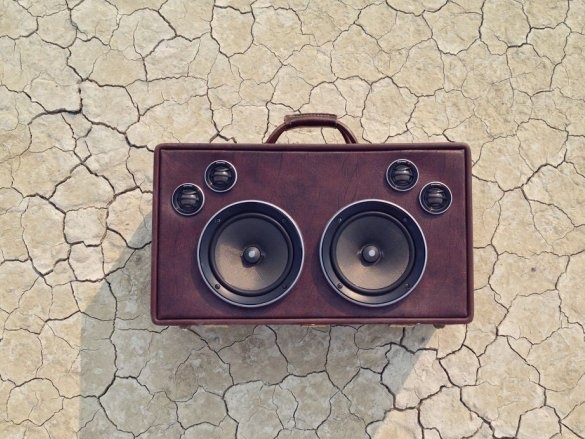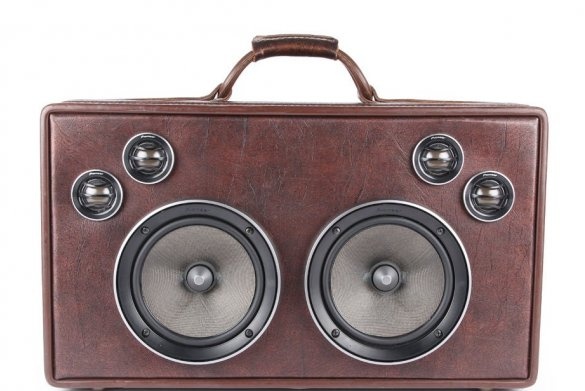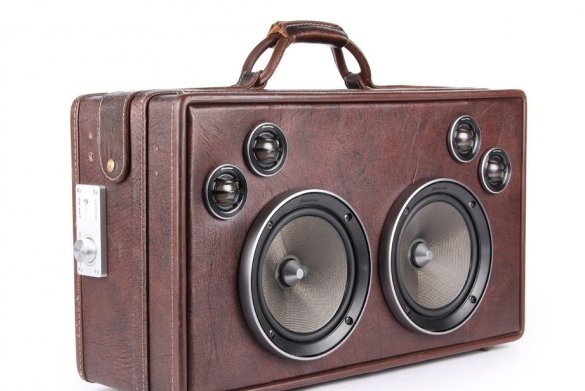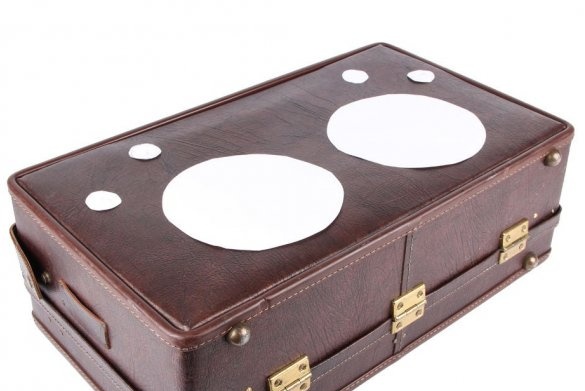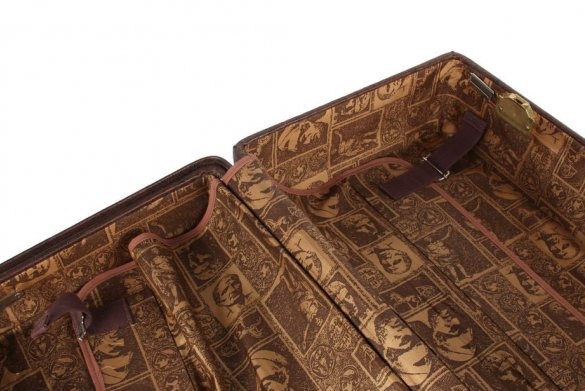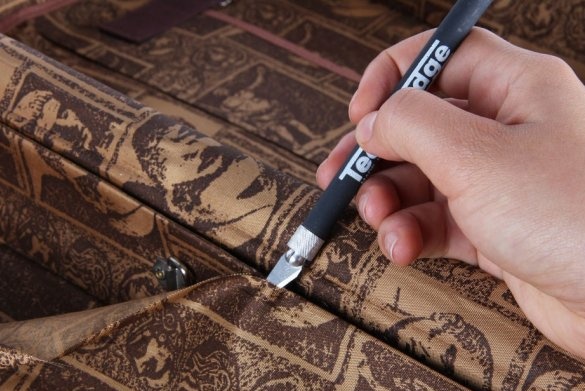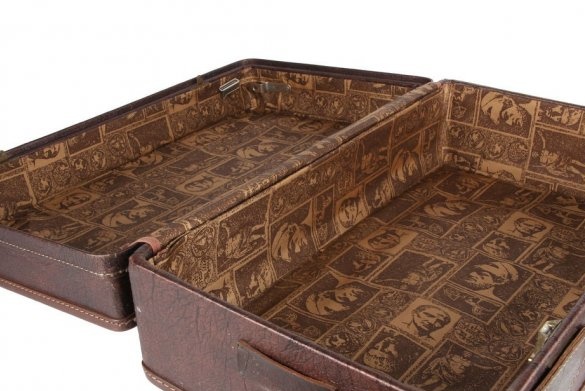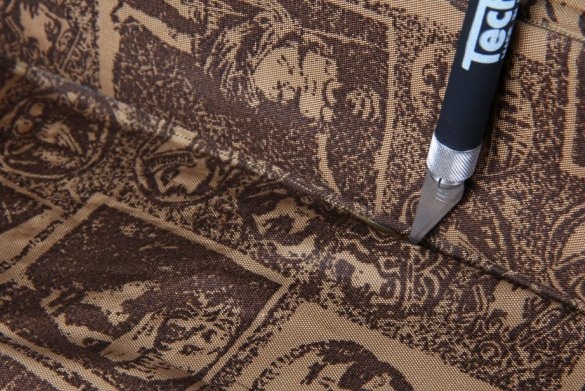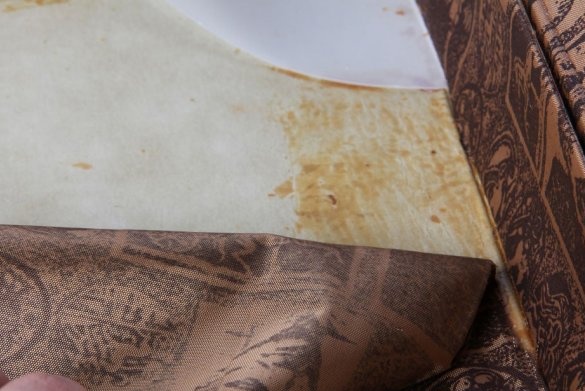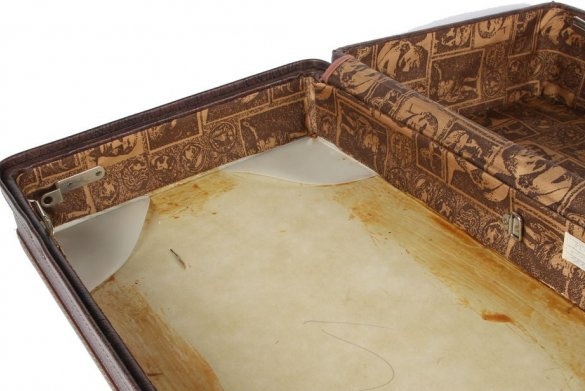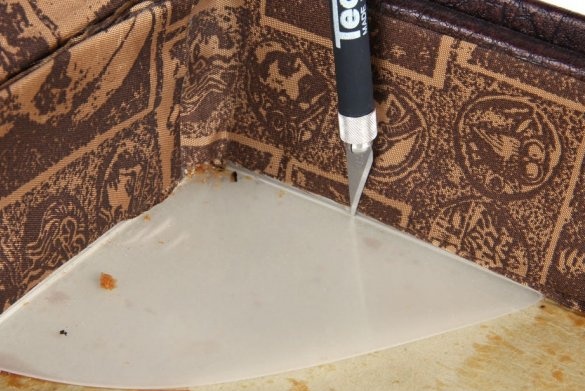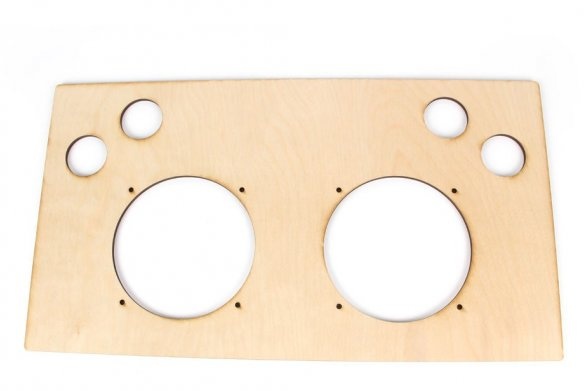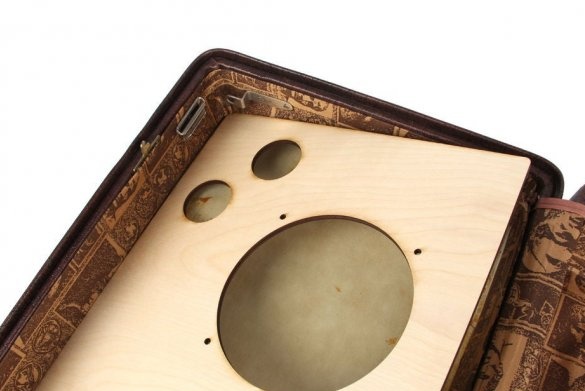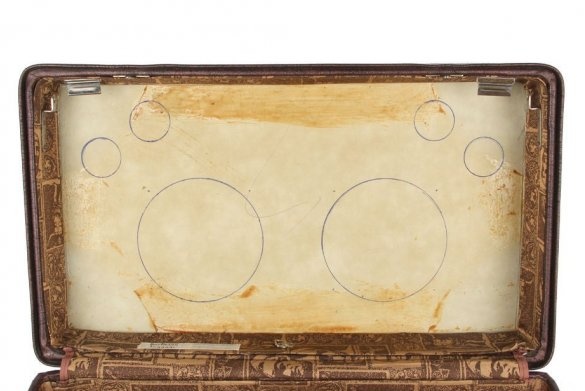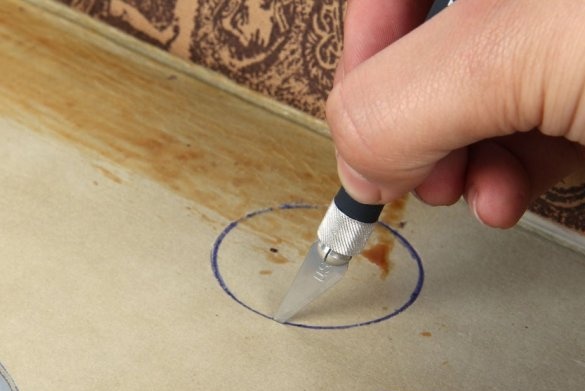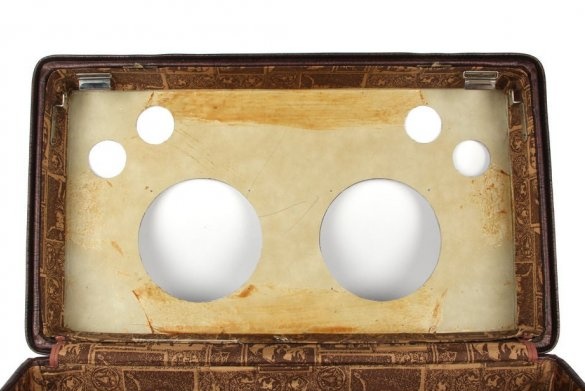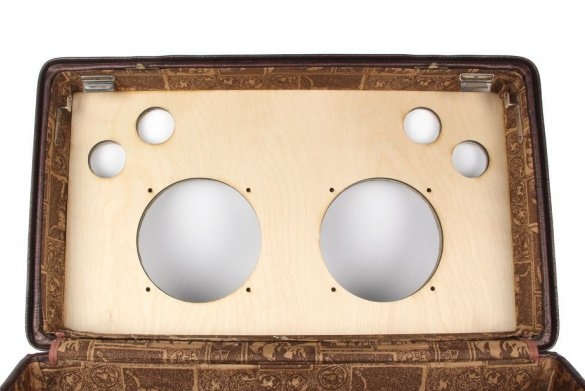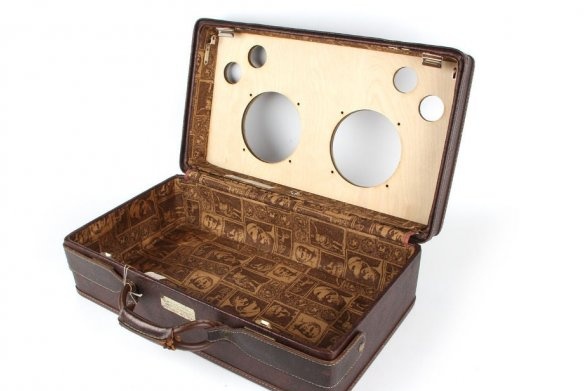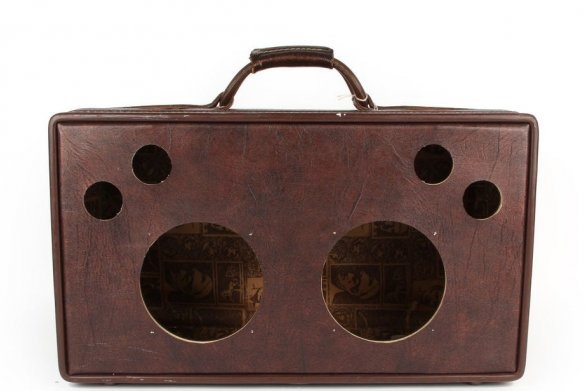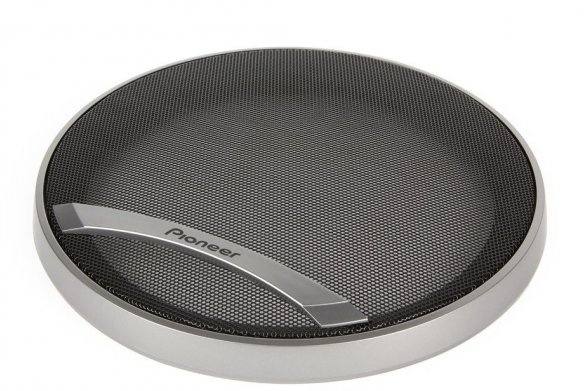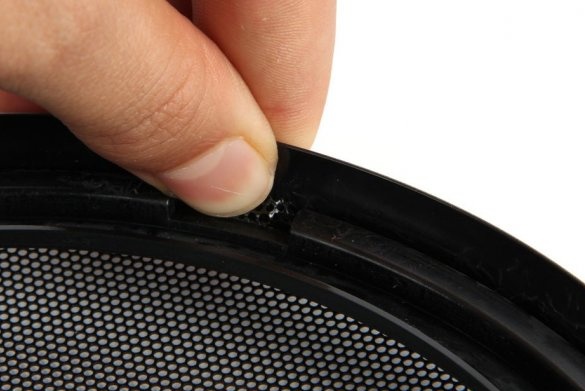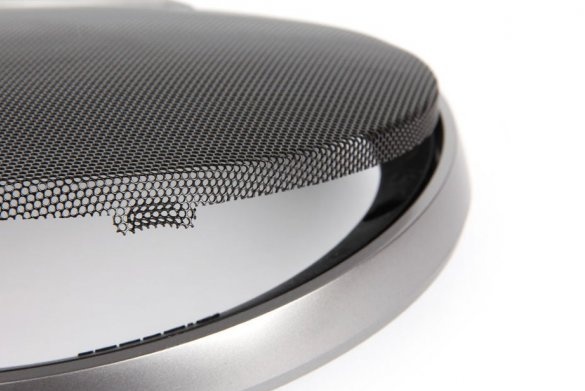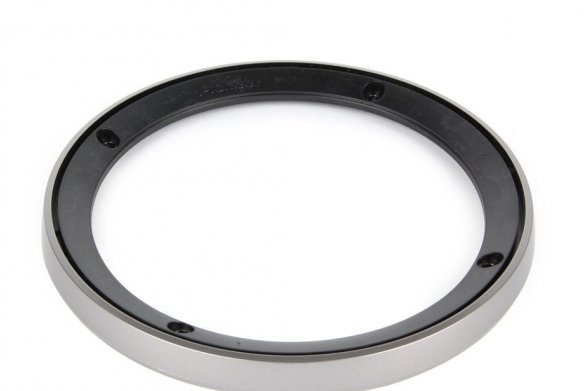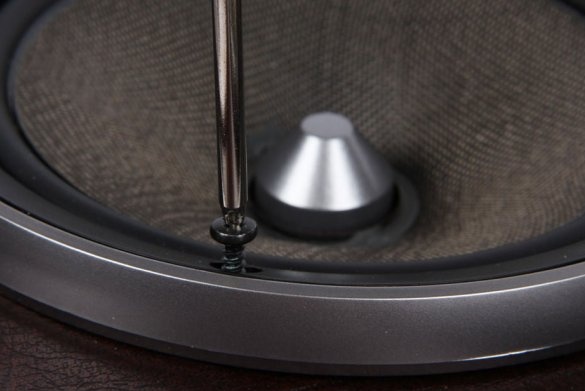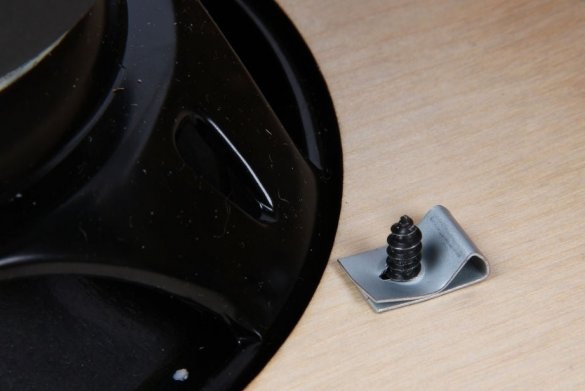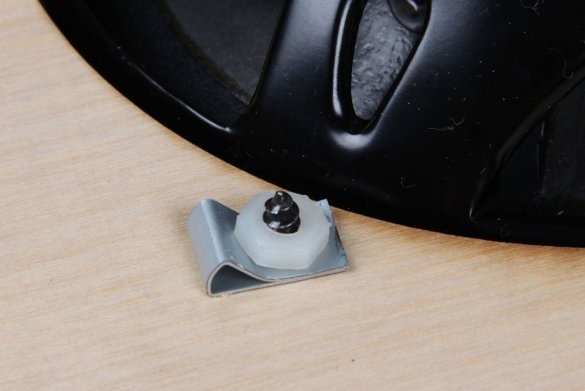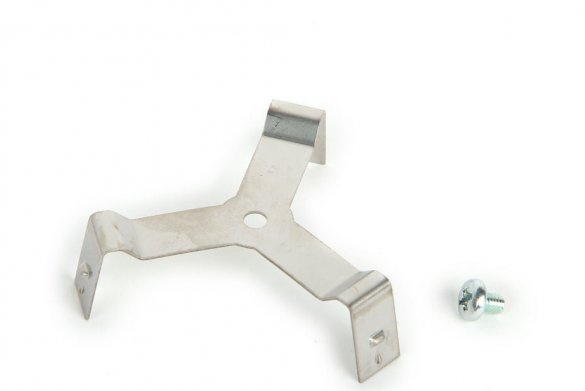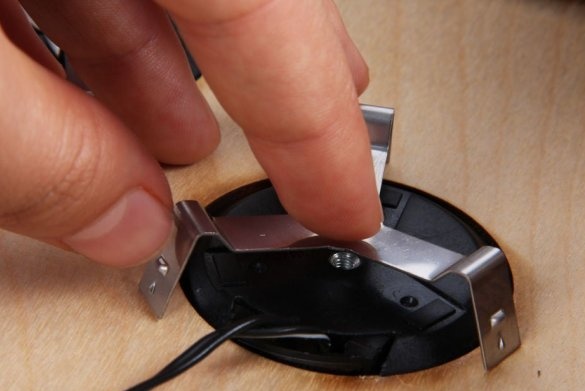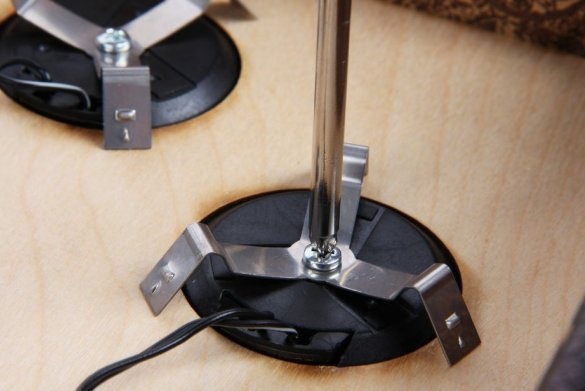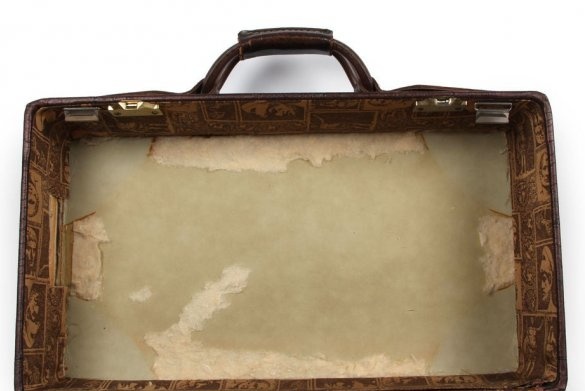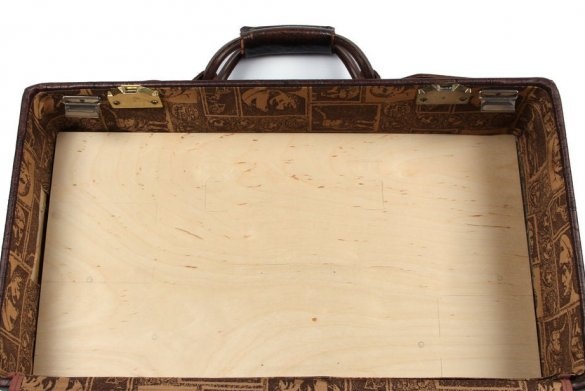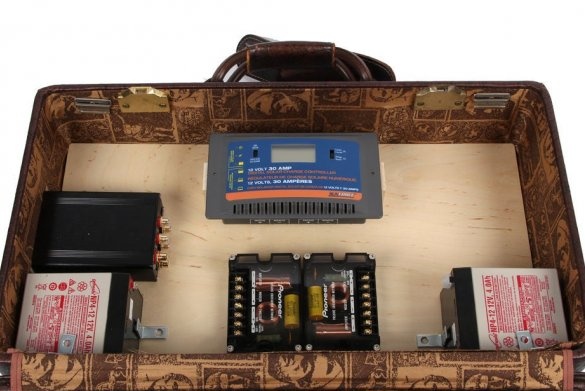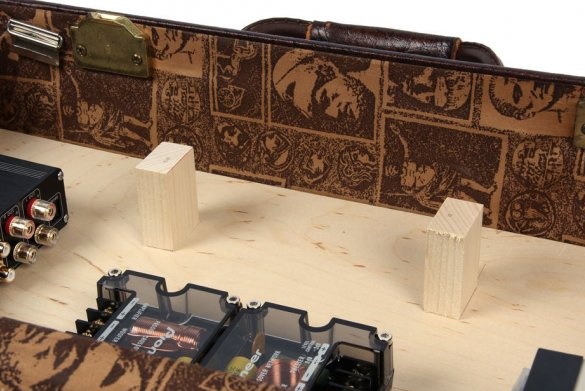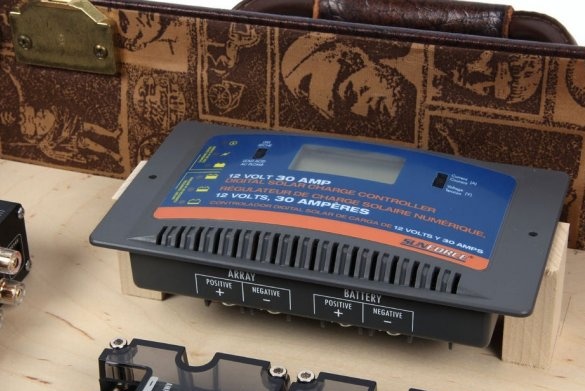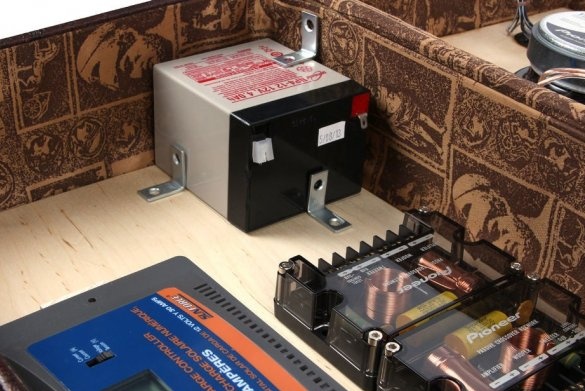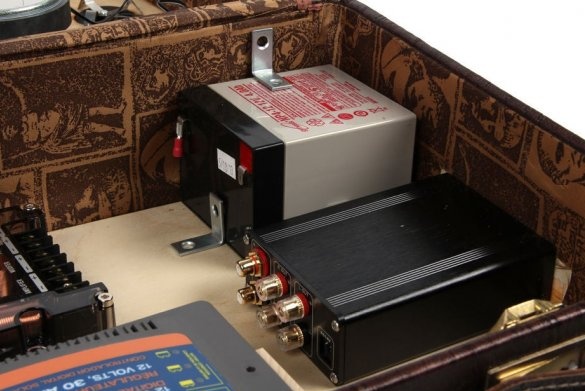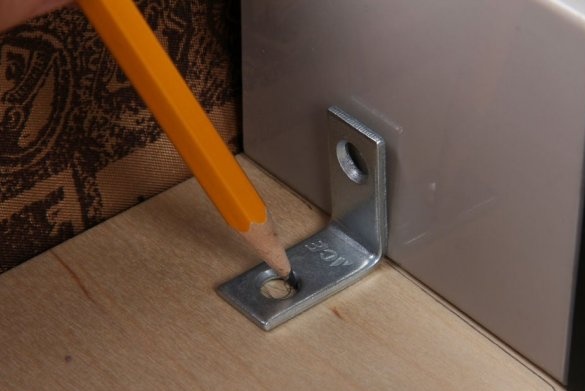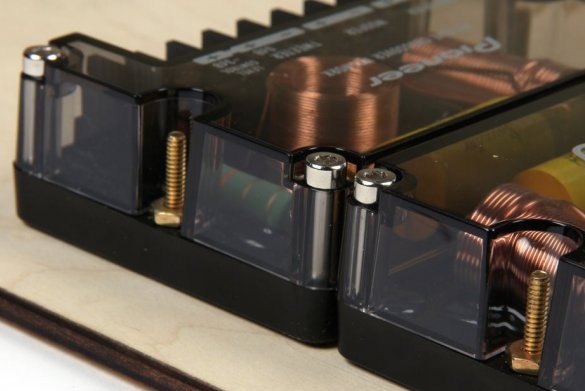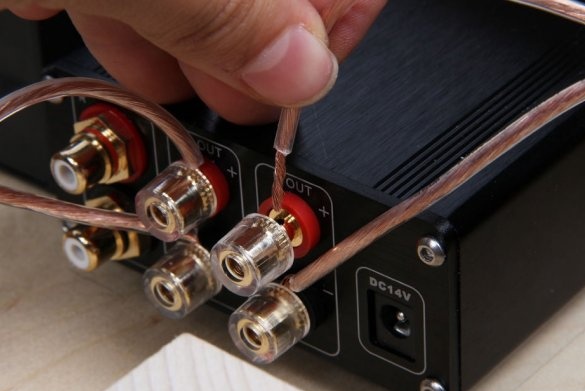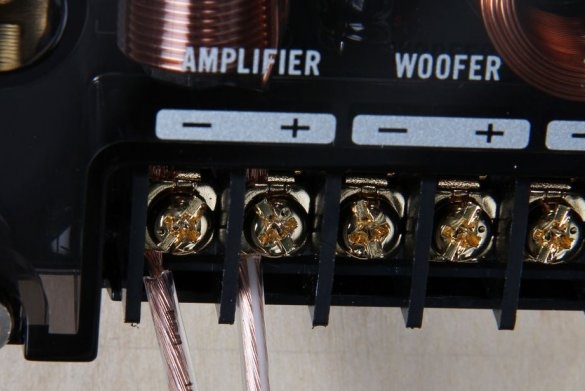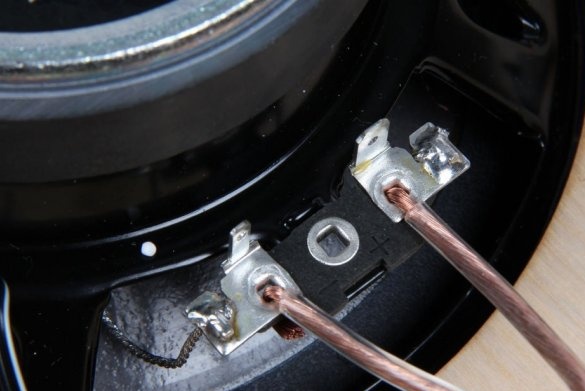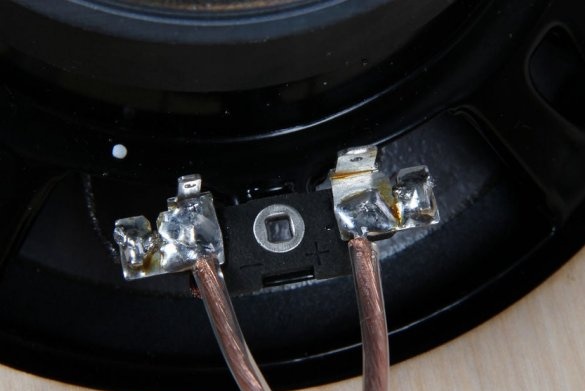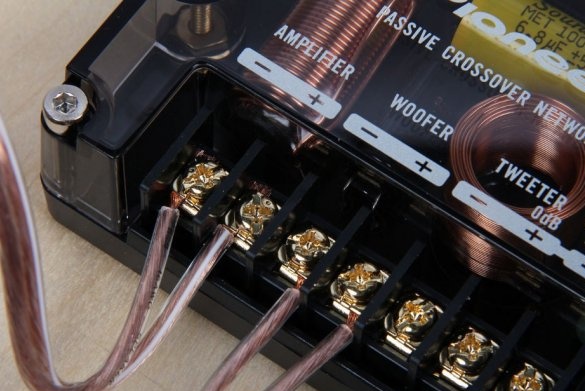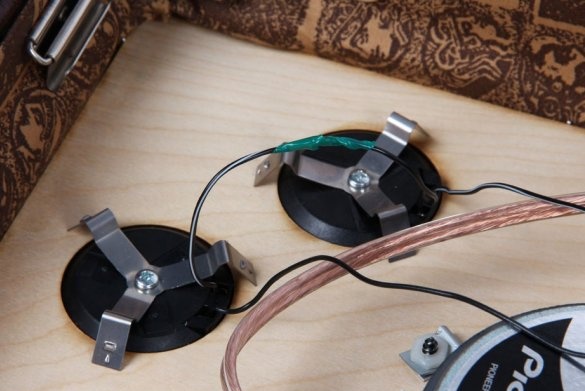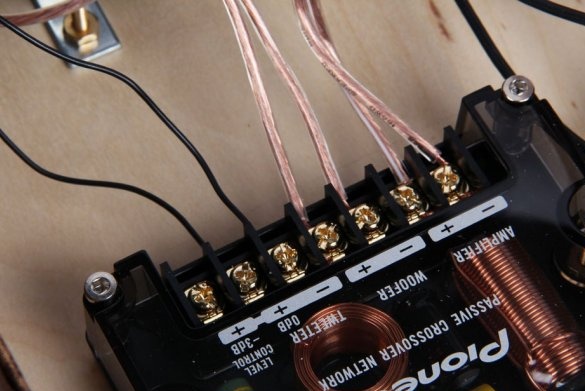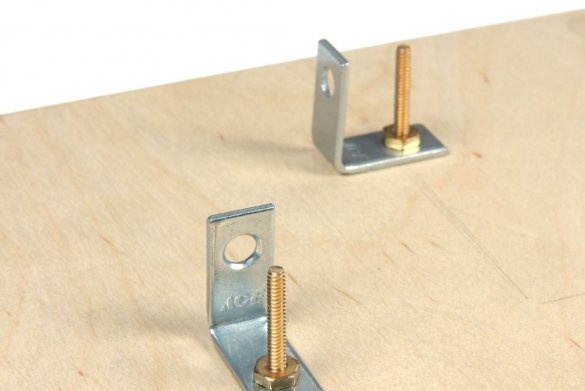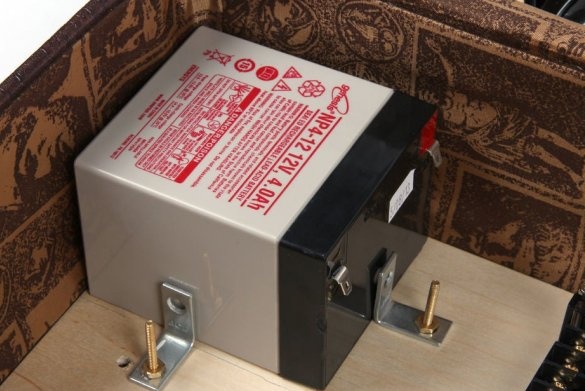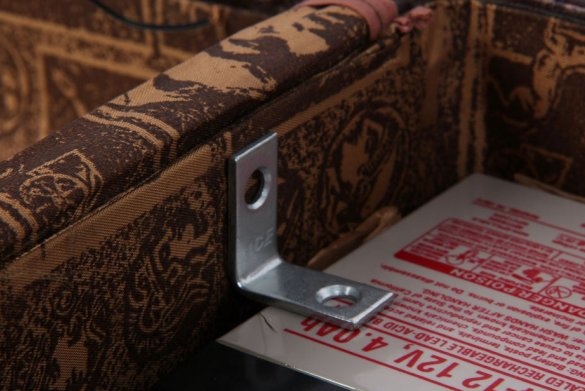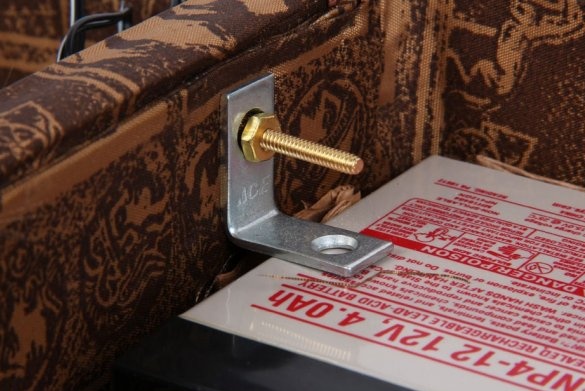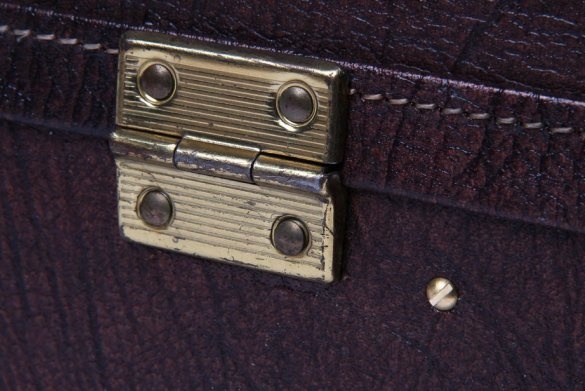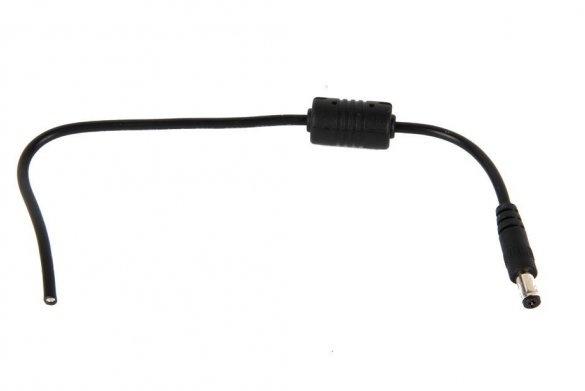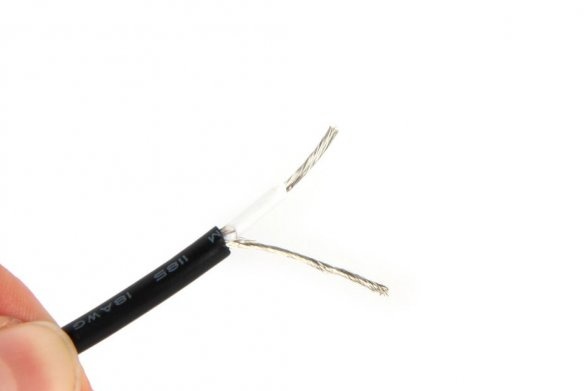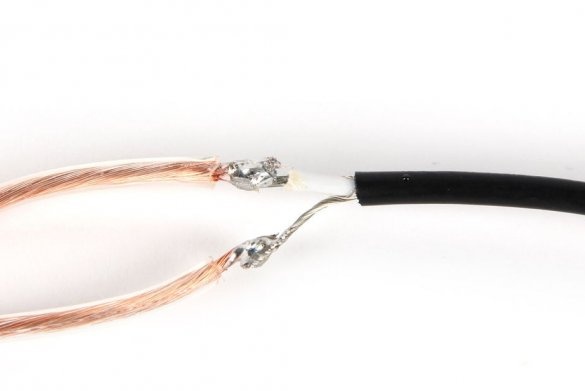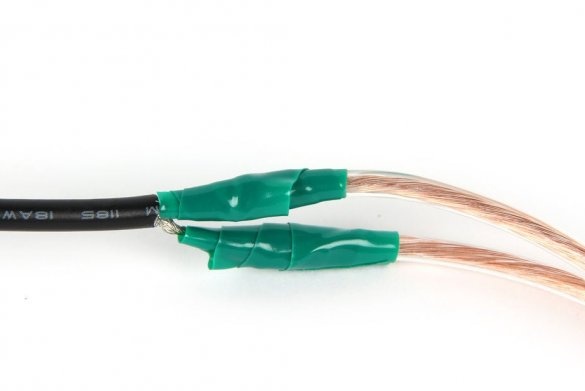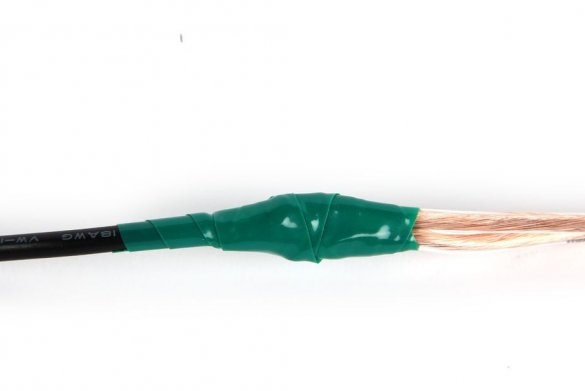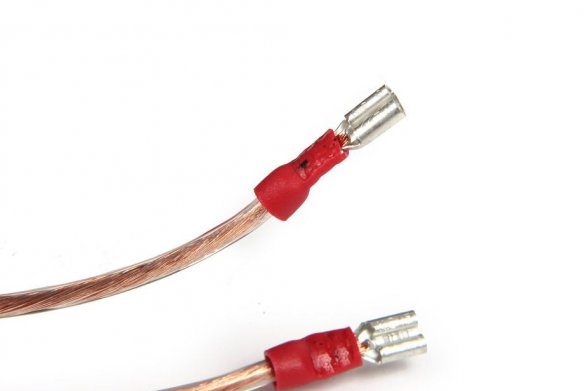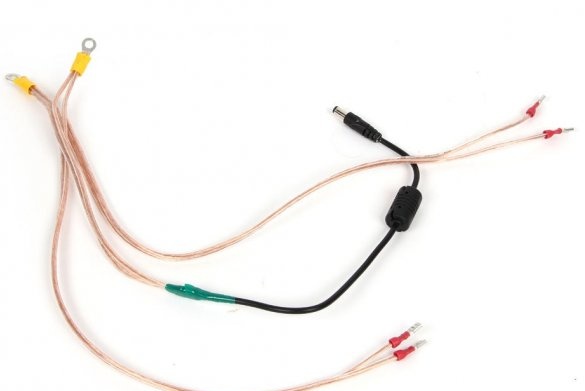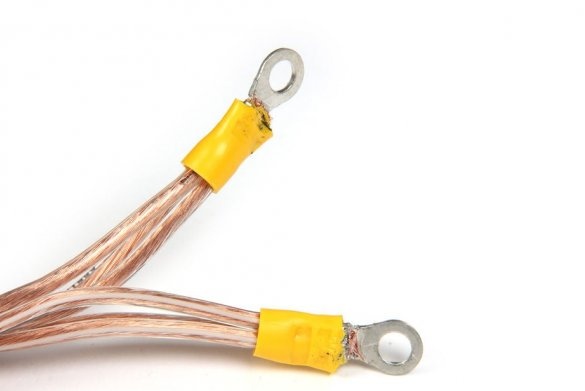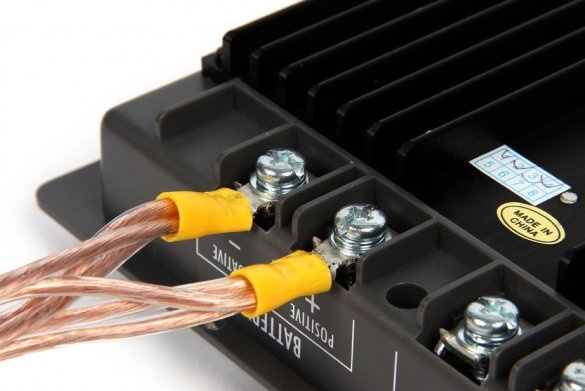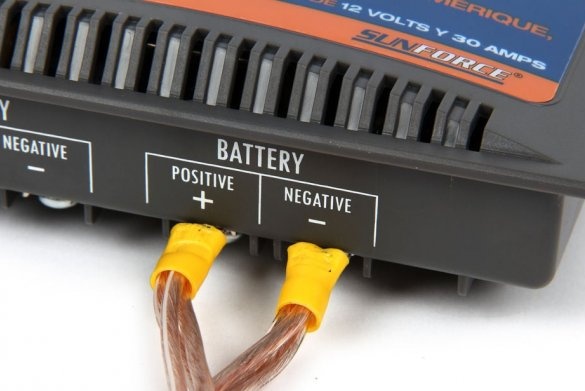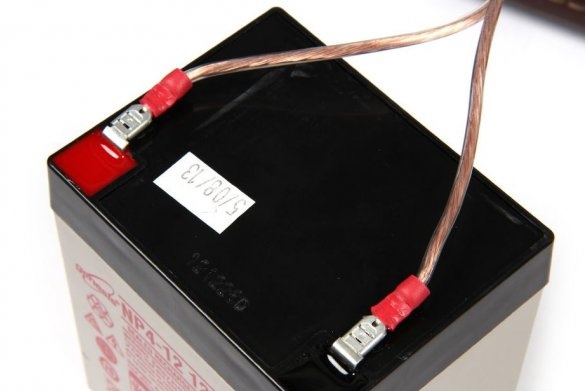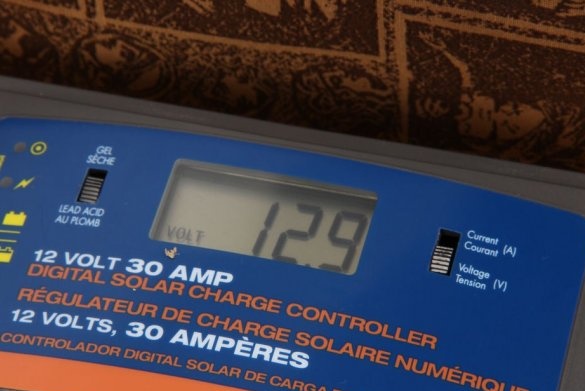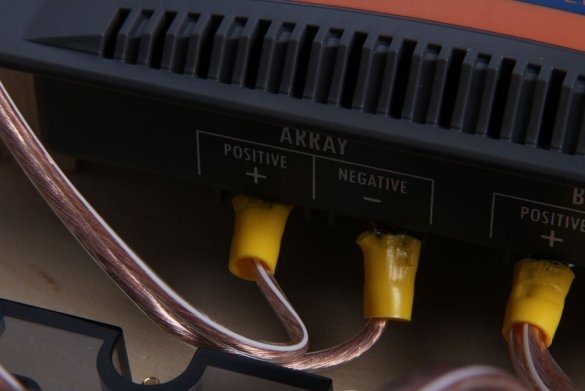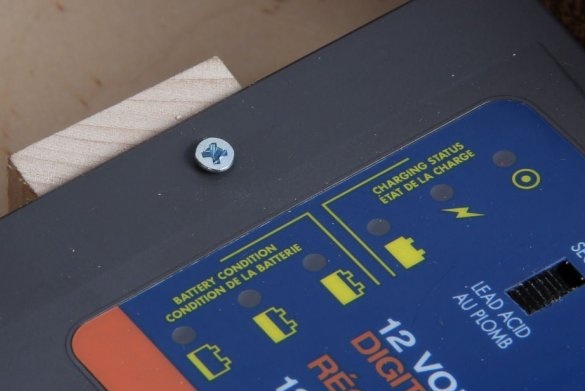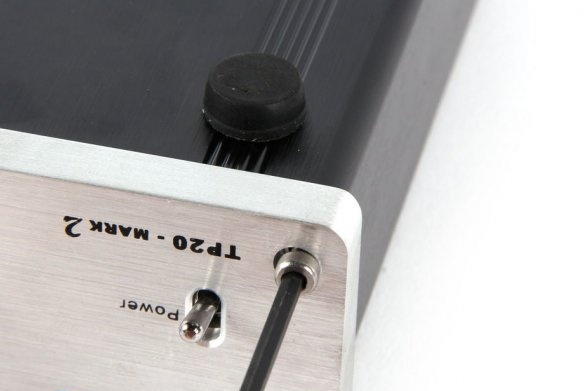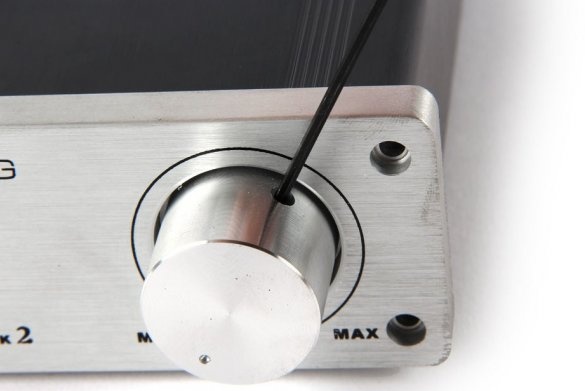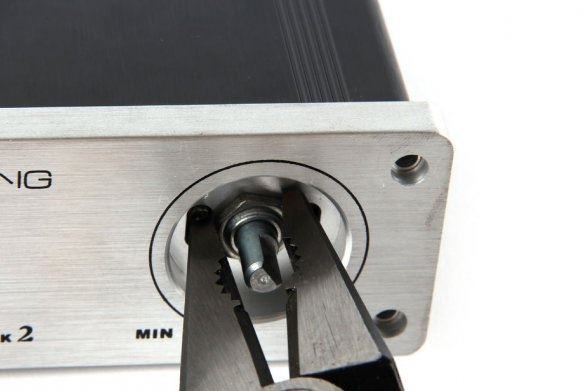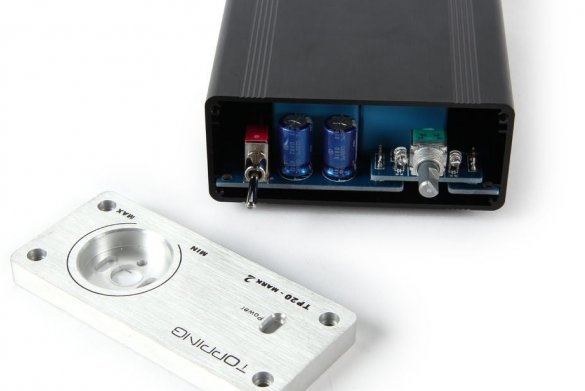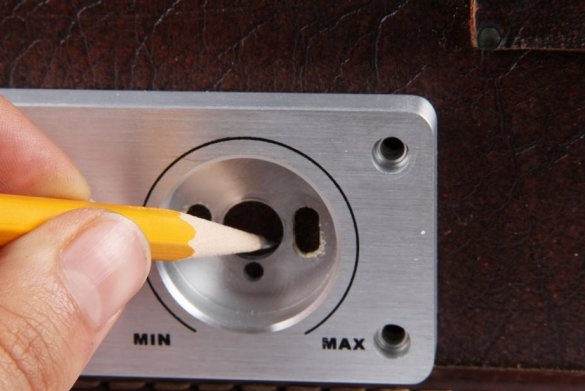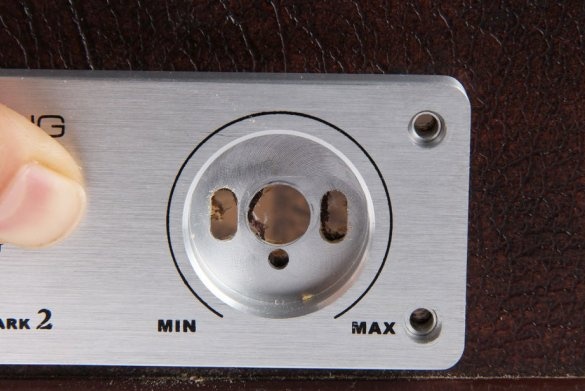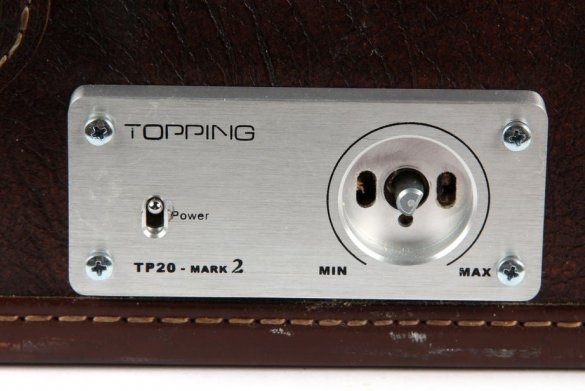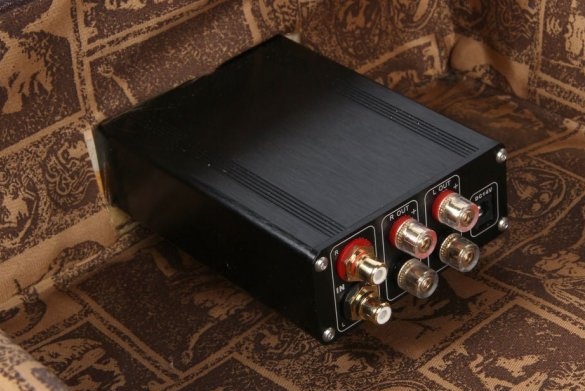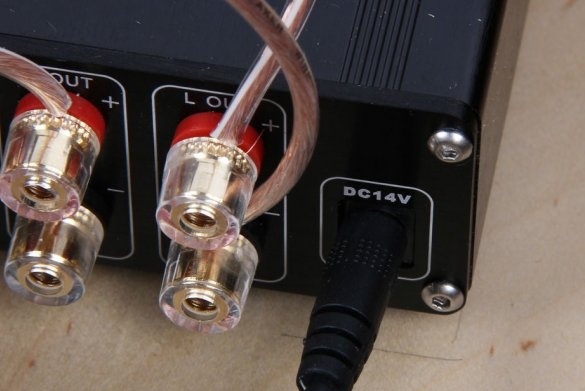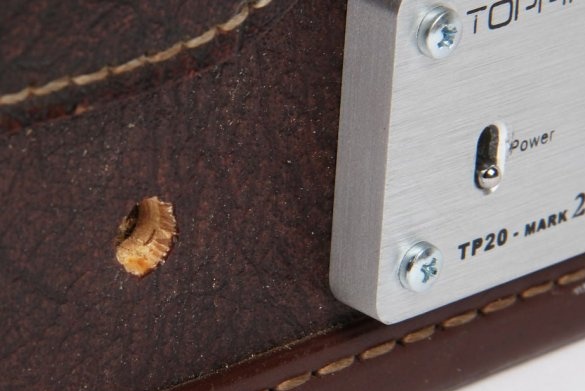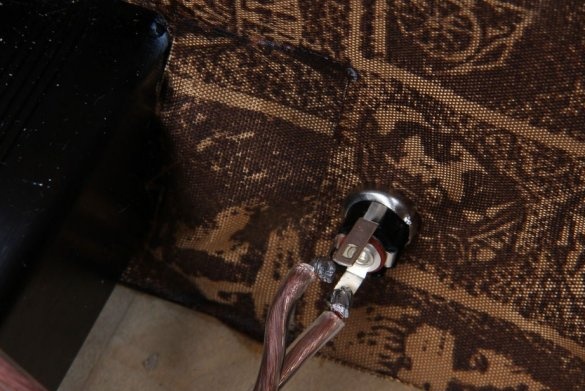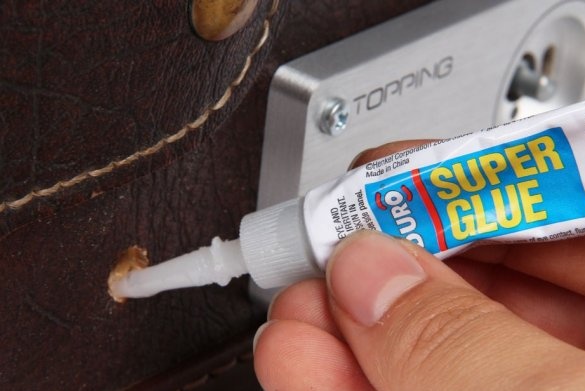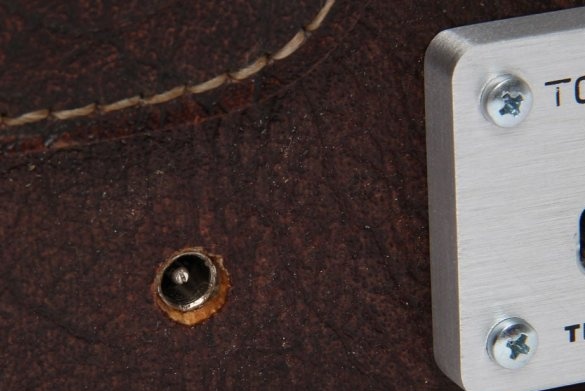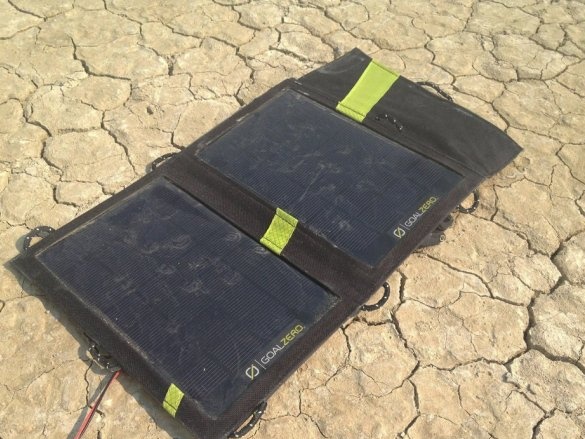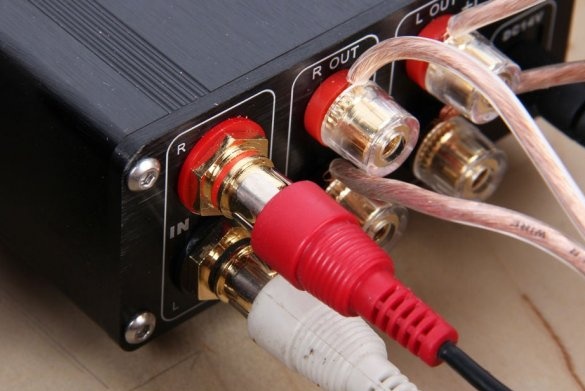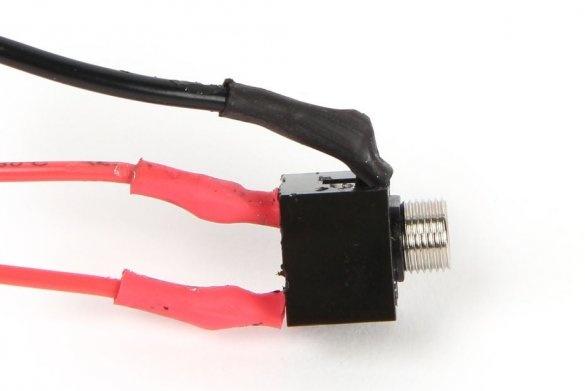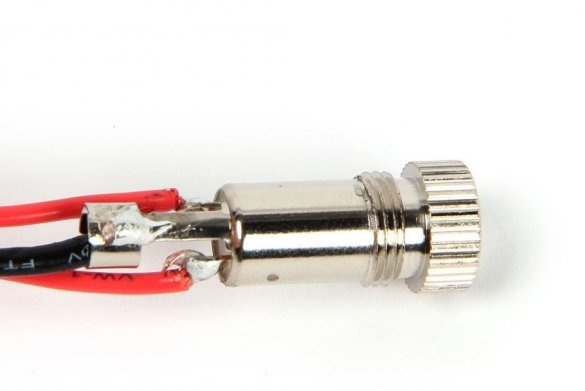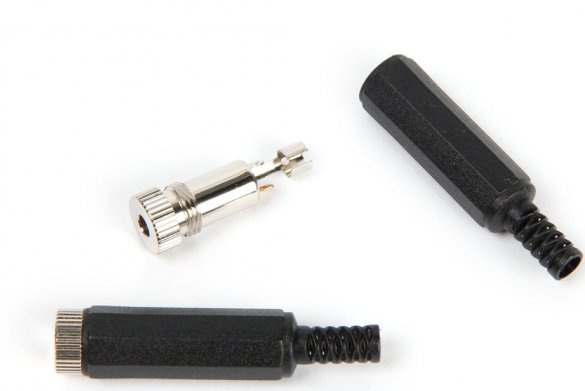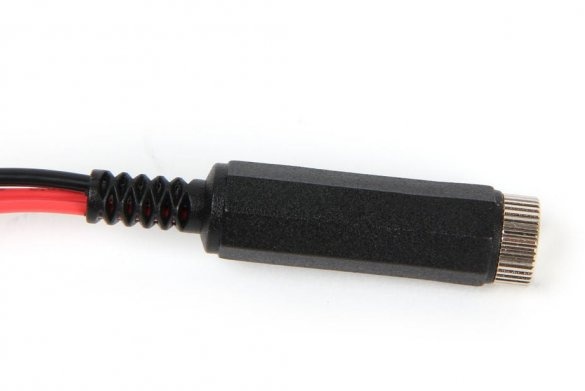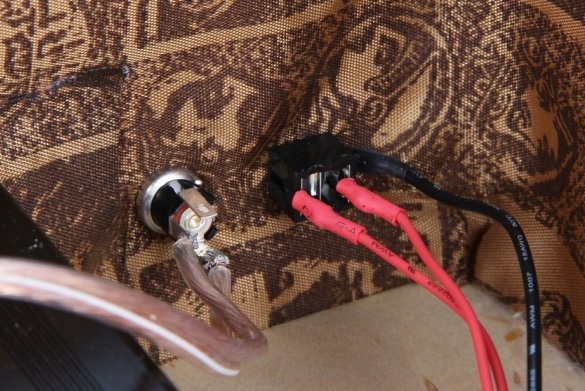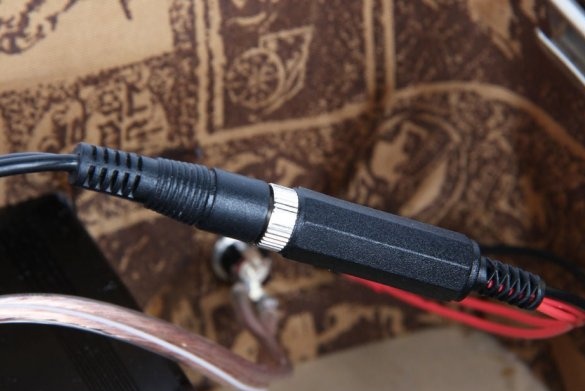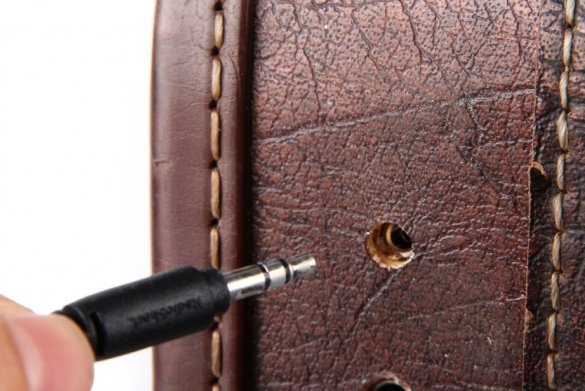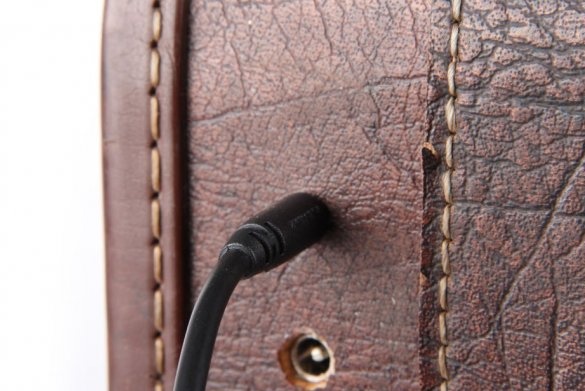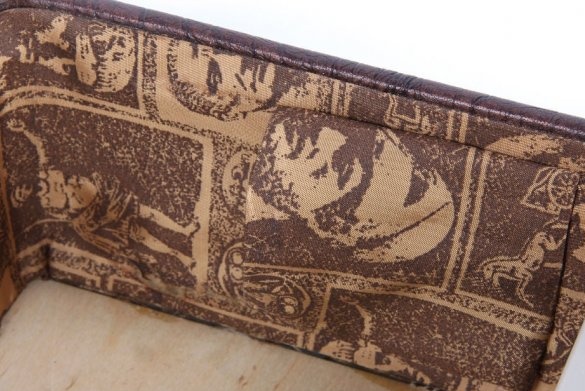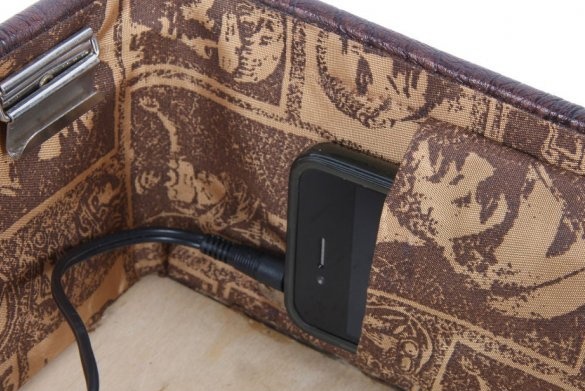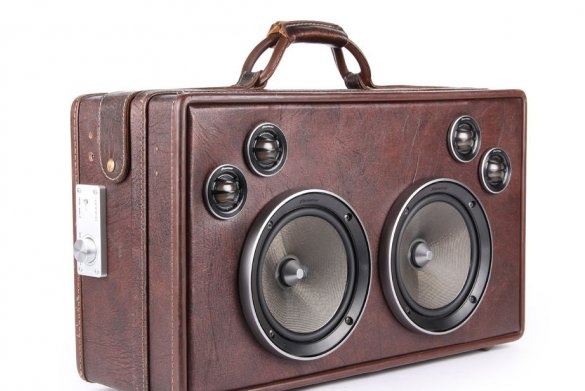A suitcase is a large volume, and a large volume means that you can make a good column. So the craftswoman from the website Instructables decided under the nickname amandaghassaei.
To estimate the location of the dynamic heads, the craftswoman cuts out paper circles corresponding to them in diameter and puts them on a suitcase:
Removes tissue where it may interfere with the installation of components:
On the installation side, the dynamic heads removes even more - to the walls:
Laser cuts a board to increase rigidity, with holes for dynamic heads. Attached file, but it is useful when repeating only to those who have the same suitcase.
It transfers the perimeters of the holes to the inner surface of the suitcase:
Removes the board, cuts out the holes, imposes it again:
Removes “grills” from woofers:
The LF heads themselves install on a suitcase:
Then sets the treble heads:
It removes the fabric completely and from the side where the components will be located, it adds another board for rigidity, this time a solid one:
Installs components, and the charge controller lifts on two bars, fixes the board, makes sure that when closing the suitcase the components do not touch the dynamic heads.
Shows near crossovers - not those that they ride, but those that share signals in frequencies:
Connects them to an amplifier:
And to the woofers:
And then to the tweeters:
Secures batteries with corners:
Modifies the power cable of the amplifier to connect to the charge controller:
Installs connectors similar to the FIR, for connecting to batteries:
Parallel, observing the polarity, the output of the charge controller, amplifier and both batteries, charged up to this point to the same voltage. In fact, it is better to connect the batteries through a fuse or a modular machine.
Adds an external power connector and connects it, also observing the polarity, to the input of the charge controller:
Shows near the method of mounting the charge controller using bars. Of course, it is better that from the side of the suitcase there is not only glue, but also a self-tapping screw.
Removes the front panel from the amplifier:
Installs an amplifier:
Largely shows the terminals for powering the amplifier:
Installs an external power connector on the wall of the suitcase:
Connects a cable with "tulips" to the audio input of the amplifier:
It places an audio input socket coming from another cable on the wall of the suitcase near the external power connector, connects the cables to each other, connects the cord from the signal source from the outside:
It provides a pocket for a phone or player - previously removed tissue is more than enough for this:
The column from the suitcase is ready, you can use:

